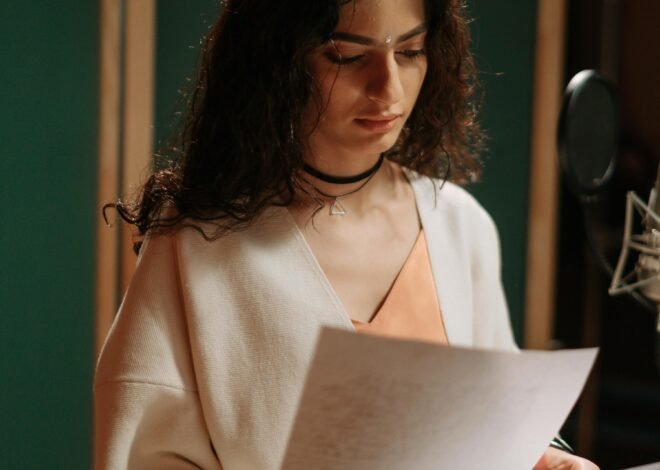
Telescopes Use Triple-Frequency Technology to Capture Unprecedented Color Image of Black Hole
Photo Credit (Pixabay)
For many years, people’s only way to visualize these hard-to-imagine cosmic objects has been through beautiful drawings of black holes.
The same object has now been scanned with different frequencies and at the highest resolution ever by the Event Horizon Telescope (EHT) Collaboration, which produced the world’s first true image of a black hole in 2019. The result is a real-life picture that bears a striking resemblance to these impressions.
With this most recent demonstration, the imaging capabilities of the network of Earthbound telescopes was extended to a maximum light spectrum of 345 Ghz. In order to create multicolored views of the area just outside the edge of these cosmic monsters, the scientists involved in the collaboration combined these with already-existing photographs taken at a lower frequency of 230 GHz of the supermassive black holes at the centers of spiral galaxies M87 and Sagittarius A.
The new discoveries, which were made under the direction of researchers from the Smithsonian Astrophysical Observatory (SAO) and the Center for Astrophysics | Harvard & Smithsonian (CfA), were released in The Astronomical Journal today.
Alexander Raymond, the paper’s co-lead at NASA’s Jet Propulsion Laboratory (NASA-JPL), said, “With the EHT, we saw the first images of black holes by detecting radio waves at 230 GHz, but the bright ring we saw, formed by light bending in the black hole’s gravity still looked blurry because we were at the absolute limits of how sharp we could make the images.”
“Our images will be crisper and more detailed at 345 GHz, which will likely reveal new properties—some of which may be unexpected and some of which were previously predicted.”
The very-long-baseline interferometry (VLBI) method is used by the EHT to connect several radio dishes located all over the world. Astronomers can either increase the spacing between radio dishes or watch at a higher frequency to obtain greater-resolution photos.
The EHT Collaboration has now expanded its frequency range in order to increase the resolution of ground-based observations, as the system was already the size of our planet (using observatories from Hawai’i, Morocco, Greenland, and Chile).
Comparison of the new, higher resolution image of M87 with the original image from the EHT Collaboration (left) – credit EHT, D. Pesce, A. Chael
Sheperd Doeleman, the founding director of the EHT and co-lead of the article, remarked, “To understand why this is a breakthrough, consider the burst of extra detail you get when going from black and white photos to color.” “We can distinguish the effects of Einstein’s gravity from the hot gas and magnetic fields that feed the black holes and create strong jets that stream across galactic distances thanks to this new ‘color vision.'”
Because different light wavelengths pass through glass at different rates, a prism splits white light into a rainbow of colors. While the hot gas spinning around the black holes will appear differently at these two frequencies, Einstein predicts that the size of the rings seen by the EHT should be similar at both 230 GHz and 345 GHz since gravity bends all light similarly.
This marks the first successful application of the VLBI method at 345 GHz. While it was previously possible to use a single telescope to observe the night sky at 345 GHz, there have long been difficulties with applying the VLBI technique at this frequency that have required time and advancements in technology to resolve.
The atmosphere’s water vapor absorbs waves at 345 GHz far more than it does at 230 GHz, which weakens black hole signals at the higher frequency. The objective was to boost the EHT’s sensitivity, which the researchers accomplished by widening the instrumentation’s bandwidth and holding out for favorable weather at every location.


